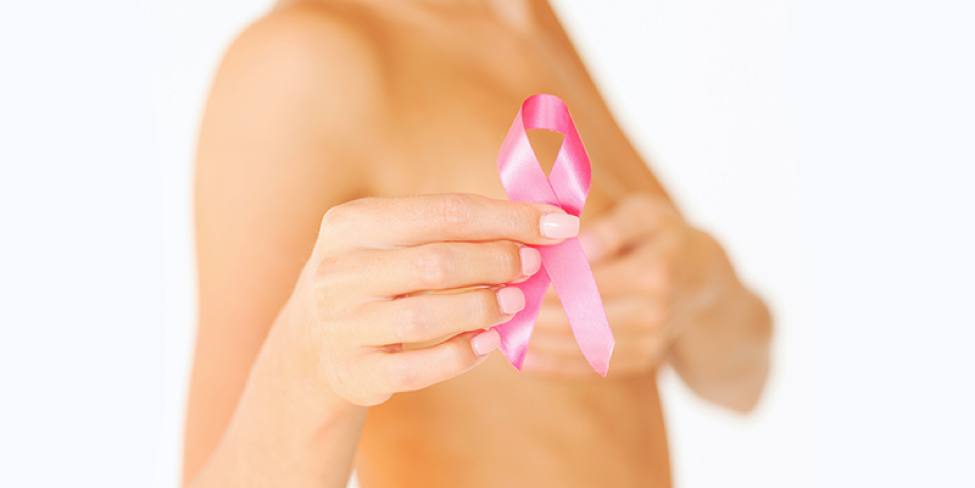
As a female plastic surgeon who strives to empower women of all shapes, sizes, and backgrounds, Dr. Lisa Hunsicker believes in the power of knowledge – especially with the sensitive and emotional nature of breast cancer. While many women in the Colorado area have probably heard it is important to conduct regular checks, how and when you should check your breasts may seem confusing. Our entire team at Revalla Plastic Surgery & Medical Aesthetic wants you to feel prepared and understand how to properly check yourself at home and be able to do this routinely.
Regularity Is Key
As a general rule of thumb, women should perform self-checks once a month. This will help you become comfortable with how your own breasts look and feel, as well as notice any lumps or unusual appearances. Once you know what is typical for your body, you will feel more confident and sure if something ever changes.
How to Check
There is three key ingredients to successfully check for breast cancer recommended by the National Breast Cancer Society:
- Appearance: Women should look in the mirror and notice how their skin of their breasts and nipples looks. With your hands on your waist and raising your arms, notice how the skin moves and appears.
- Touch: Women should move each breast in a circular movement, making sure all area of the breast is checked. Women should also gently squeeze their nipples to make sure that there is no significant discharge, and no bleeding. Many physicians recommend using soap in the shower to reduce friction that might conceal or add to any irregular contours.
- Movement: When laying down, women should make sure that the breast tissue evenly is distributed. Just like in the previous step, a women should place one arm over her head and move the breast on that side in a circular motion.
With all of these steps, women should notice lumps, unusual movement, and any change from previous checks.
Seek a Professional if You Notice Anything Unusual
With regular checks, many women are often able to notice lumps or unusual swelling and contact their doctor for an official look. If during your routine at home checks, you notice something feeling or looking different or you spot a lump, check with your doctor to determine the source of that change. We know that this can be scary, but remember that the majority of lumps found are not cancerous. It is important to double check with a doctor so you can rest assured.
If you are interested in learning more about breast cancer awareness, please refer to the National Breast Cancer Society Website. If you are currently going through the process of a breast cancer diagnosis and are interested in scheduling an initial consultation with Dr. Hunsicker for breast reconstruction, please contact us today.


